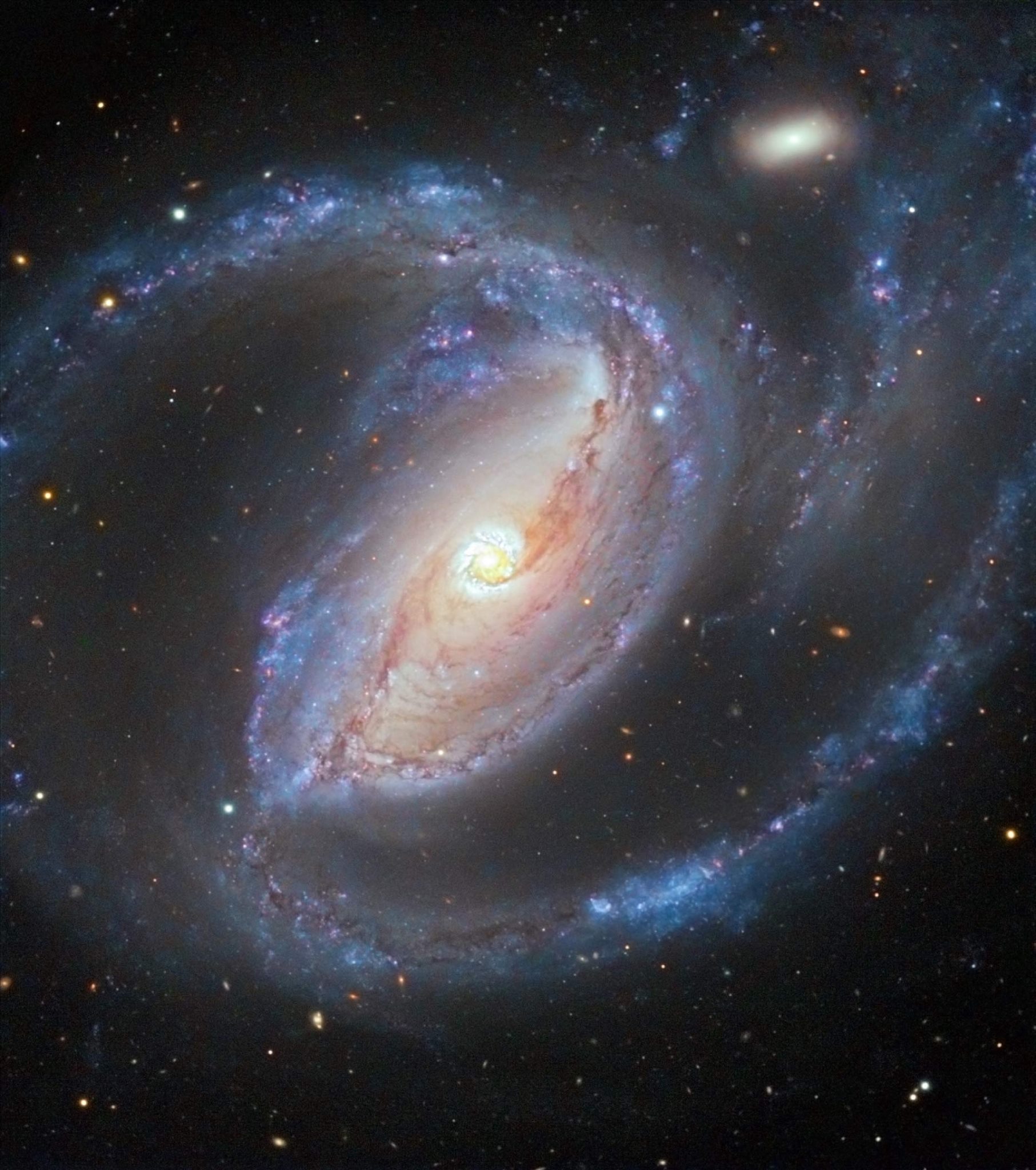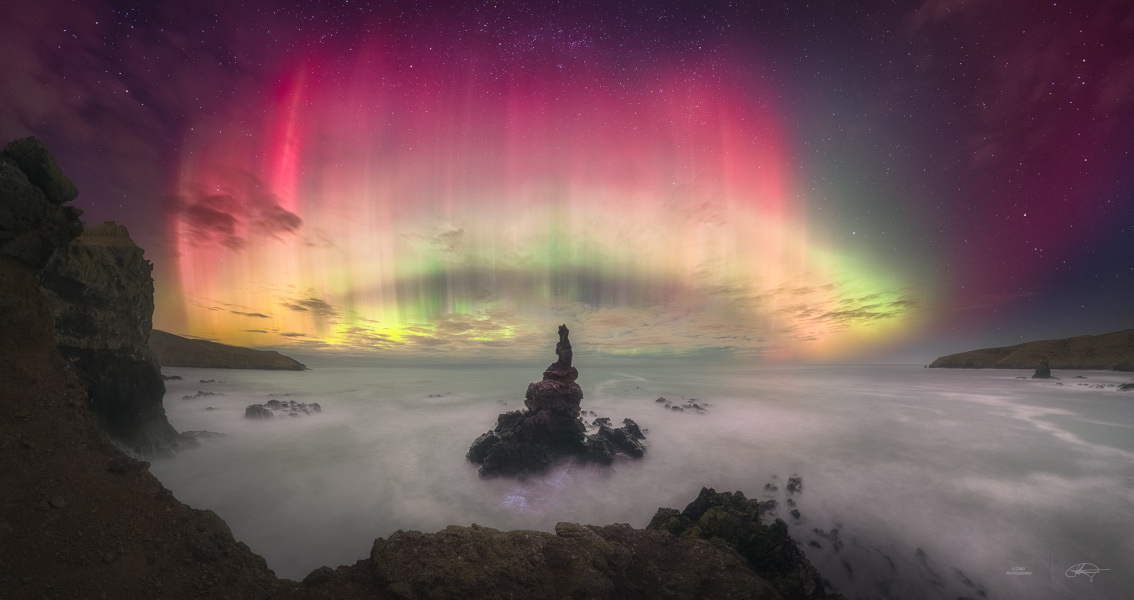Blog
Shujaat Husain Khan (born 19 May 1960) is one of the most acclaimed North Indian musicians and sitarplayers of his generation. He belongs to the Imdadkhani gharana school of music. He has recorded over 100 albums and was nominated for a Grammy Award for Best World Music Album for his work with the band Ghazal with Iranian musician Kayhan Kalhor. He also sings frequently. His style of sitar playing, known as gayaki ang, is imitative of the subtleties of the human voice.
more...
Peter Dennis Blandford Townshend born 19 May 1945) is an English musician. He is the co-founder, guitarist, second lead vocalist and principal songwriter of the Who, one of the most influential rock bands of the 1960s and 1970s. His aggressive playing style and poetic songwriting techniques, with the Who and in other projects, have earned him critical acclaim.
Townshend has written more than 100 songs for 12 of the Who’s studio albums. These include concept albums, the rock operas Tommy (1969) and Quadrophenia (1973), plus popular rock radio staples such as Who’s Next (1971); as well as dozens more that appeared as non-album singles, bonus tracks on reissues, and tracks on rarities compilation albums such as Odds & Sods (1974). He has also written more than 100 songs that have appeared on his solo albums, as well as radio jingles and television theme songs.
While known primarily as a guitarist, Townshend also plays keyboards, banjo, accordion, harmonica, ukulele, mandolin, violin, synthesiser, bass guitar, and drums; he is self-taught on all of these instruments and plays on his own solo albums, several Who albums, and as a guest contributor to an array of other artists’ recordings. Townshend has also contributed to and authored many newspaper and magazine articles, book reviews, essays, books, and scripts, and he has collaborated as a lyricist and composer for many other musical acts.
In 1983, Townshend received the Brit Award for Lifetime Achievement and in 1990 he was inducted into the Rock and Roll Hall of Fame as a member of the Who. Townshend was ranked No. 3 in Dave Marsh‘s 1994 list of Best Guitarists in The New Book of Rock Lists. In 2001, he received a Grammy Lifetime Achievement Award as a member of the Who; and in 2008 he received Kennedy Center Honors. He was ranked No. 10 in Gibson.com’s 2011 list of the top 50 guitarists, and No. 37 on Rolling Stone‘s 2023 list of 250 greatest guitarists of all time. He and Roger Daltrey received The George and Ira Gershwin Awardfor Lifetime Musical Achievement at UCLA on 21 May 2016.
more...Thomas Wright Scott (born May 19, 1948) is an American saxophonist, composer, and arranger. He was a member of The Blues Brothers and led the jazz fusion group L.A. Express.
Scott was born in Los Angeles, California, US. He is the son of film and television composer Nathan Scott, who had more than 850 television credits and more than 100 film credits as a composer, orchestrator, and conductor, including music for Dragnet and Lassie.
Tom Scott’s career began as a teenager as leader of the jazz ensemble Neoteric Trio, and the band Men of Note. After that, he worked as a session musician. In 1970, Quincy Jones said of him: “Tom Scott, the saxophonist; he’s 21, and out of sight! Plays any idiom you can name, and blows like crazy on half a dozen horns.”
Scott wrote the theme tunes for the television shows Starsky and Hutch and The Streets of San Francisco. In 1974, with the L.A. Express, he composed the score for the animated movie, The Nine Lives of Fritz the Cat. He played the soprano saxophone solo on the number-one hit single “Listen to What the Man Said” by the band Wings. In 1976, he played the theme “I Still Can’t Sleep” in Taxi Driver. Scott also composed the soundtrack for 1980’s Stir Crazy. In 1982, he collaborated with Johnny Mathis on “Without Us”, the theme to the 1980s sitcom Family Ties. He also played the lyricon, an electronic wind instrument on Michael Jackson‘s “Billie Jean“, as well as lyricon and saxophone on The Grateful Dead‘s album Terrapin Station.
more...Cornelius “Sonny” Fortune (May 19, 1939 – October 25, 2018) was an American jazz saxophonist. He played soprano, alto, tenor, and baritone saxophones, clarinet, and flute.
He was born in Philadelphia, Pennsylvania, United States. After moving to New York City in 1967, Fortune recorded and appeared live with drummer Elvin Jones‘s group. In 1968, he was a member of Mongo Santamaría‘s band. He performed with singer Leon Thomas, and with pianist McCoy Tyner(1971–73). In 1974, Fortune replaced Dave Liebman in Miles Davis‘s ensemble, remaining until spring 1975, when he was succeeded by Sam Morrison. Fortune can be heard on the albums Big Fun, Get Up With It, Agharta, and Pangaea, the last two recorded live in Japan.
Fortune joined Nat Adderley after his brief tenure with Davis, then formed his own group in June 1975, recording two albums for the Horizon Records. During the 1990s, he recorded several albums for Blue Note. He has also performed with Roy Brooks, Buddy Rich, George Benson, Rabih Abou Khalil, Roy Ayers, Oliver Nelson, Gary Bartz, Rashied Ali, and Pharoah Sanders, as well as appearing on the live album The Atlantic Family Live at Montreux (1977).
more...Cecil McBee (born May 19, 1935) is an American jazz bassist. He has recorded as a leader only a handful of times since the 1970s, but has contributed as a sideman to a number of classic jazz albums.
McBee was born in Tulsa, Oklahoma, United States. He studied clarinet at school, but switched to bass at the age of 17, and began playing in local nightclubs. After gaining a music degree from Ohio Central State University, McBee spent two years in the U.S. Army, during which time he conducted the band at Fort Knox. In 1959, he played with Dinah Washington, and in 1962 he moved to Detroit, Michigan, where he worked with Paul Winter‘s folk-rock ensemble between 1963 and 1964.
His jazz career began to take off in the mid-1960s, after he moved to New York, when he began playing and recording with a number of significant musicians including Miles Davis, Andrew Hill, Sam Rivers, Jackie McLean (1964), Wayne Shorter (1965–66), Charles Lloyd (1966), Yusef Lateef (1967–69), Keith Jarrett, Freddie Hubbard and Woody Shaw (1986), and Alice Coltrane (1969–72).
more...NGC 1097 (also known as Caldwell 67) is a barred spiral galaxy about 45 million light years away in the constellation Fornax. It was discovered by William Herschel on 9 October 1790. It is a severely interacting galaxy with obvious tidal debris and distortions caused by interaction with the companion galaxy NGC 1097A.
Four supernovae have been observed in NGC 1097: SN 1992bd (type II, mag. 15), SN 1999eu (type II-pec, mag. 19.7), SN 2003B (type II, mag. 17.6), and SN 2023rve (type II, mag. 14). NGC 1097 is also a Seyfert galaxy. Deep photographs revealed four narrow optical jets that appear to emanate from the nucleus.

more...
Richard Christopher Wakeman CBE (born 18 May 1949) is an English keyboardist and composer best known as a member of the progressive rock band Yes across five tenures between 1971 and 2004, and for his prolific solo career. AllMusic describes Wakeman as a “classically trained keyboardist extraordinaire who plied his trade with Yes and developed his own brand of live spectacular in a solo act.”
Born and raised in West London, Wakeman quit his studies at the Royal College of Music in 1969 to become a full-time session musician. His early sessions included “Space Oddity“, among other tracks, for David Bowie, and songs by Elton John, Marc Bolan, Cat Stevens, and Lou Reed. In 1970, Wakeman joined the folk rock group the Strawbs, during which his virtuosity gained national press coverage. He left in 1971 to join Yes, with whom he played on some of their most influential albums across two stints until 1980. During this time Wakeman began a solo career in 1973 and became an iconic and prominent figure in progressive rock. His highest-selling and most acclaimed albums are his first three: The Six Wives of Henry VIII (1973), the UK number-one Journey to the Centre of the Earth (1974), and The Myths and Legends of King Arthur and the Knights of the Round Table (1975), all concept albums. In 1974, he formed his band the English Rock Ensemble, with which he toured worldwide and continues to perform, and went on to score his first major film, Lisztomania (1975).
more...Kai Chresten Winding May 18, 1922 – May 6, 1983) was a Danish-born American trombonist and jazz composer. He is known for his collaborations with fellow trombonist J. J. Johnson. His version of “More“, the theme from the movie Mondo Cane, reached in 1963 number 8 in the Billboard Hot 100 and remained his only entry here.
more...Joseph Vernon “Big Joe” Turner Jr. (May 18, 1911 – November 24, 1985) was an American blues shouter from Kansas City, Missouri. According to songwriter Doc Pomus, “Rock and roll would have never happened without him”. Turner’s greatest fame was due to his rock and roll recordings in the 1950s, particularly “Shake, Rattle and Roll“, but his career as a performer endured from the 1920s into the 1980s.
Turner was inducted into the Rock and Roll Hall of Fame in 1987, with the Hall lauding him as “the brawny voiced ‘Boss of the Blues'”. AllMusic called Turner “the premier blues shouter of the postwar era”.
Turner was born May 18, 1911, in Kansas City, Missouri, United States. His father was killed in a train accident when Turner was four years old. He sang in his church, and on street corners for money. He left school at age fourteen to work in Kansas City’s nightclubs, first as a cook and later as a singing bartender. He became known as “The Singing Barman”, and worked in such venues as the Kingfish Club and the Sunset, and would frequently perform at these venues alongside his friend Pete Johnson on piano. The Sunset was managed by Piney Brown. It featured “separate but equal” facilities for white patrons. Turner wrote “Piney Brown Blues” in his honor and sang it throughout his career.
more...Friday May 17th 2024 630pm. This service includes musician Tzachi Buchnik, who lives in our partnership region in Israel. He lives in the Golan Heights, works at the Jordan Valley Regional Council, and is the father of three sons.
Music with Jennifer Strauss-Klein, Tami Morse, Adam Dorn, Neil Seal, Julie Kogan White, Brian Deyoung and mick LaBriola.
more...This well-composed composite panoramic view looks due south from Banks Peninsula near Christchurch on New Zealand’s South Island. The base of a tower-like rocky sea stack is awash in the foreground, with stars of the Southern Cross at the top of the frame and planet Earth’s south celestial pole near center. Still, captured on May 11, vibrant aurora australis dominate the starry southern sea and skyscape. The shimmering southern lights were part of extensive auroral displays that entertained skywatchers in northern and southern hemispheres around planet Earth, caused by intense geomagnetic storms. The extreme spaceweather was triggered by the impact of coronal mass ejections launched from powerful solar active region AR 3664.

William Scott Bruford (born 17 May 1949) is an English former drummer and percussionist who first gained prominence as a founding member of the progressive rock band Yes. After leaving Yes in 1972, Bruford spent the rest of the 1970s recording and touring with King Crimson (1972–1974), Roy Harper (1975), and U.K. (1978), as well as touring with Genesis (1976). In 1978, he formed his own group, Bruford, which was active until 1980.
During the 1980s, Bruford returned to King Crimson for three years (1981–1984), collaborated with several artists (including Patrick Moraz and David Torn), and formed his own electric jazz band Earthworks in 1986. He then played with his former Yes bandmates in Anderson Bruford Wakeman Howe, which eventually led to a very brief second stint in Yes. Bruford played in King Crimson for his third and final tenure from 1994 to 1997, then continued with a new acoustic configuration of Earthworks.
On 1 January 2009, Bruford retired from professional drumming, only briefly returning for a few private gigs. He has pursued other projects since then, including the operation of his two record labels, Summerfold and Winterfold, releasing an autobiography in 2009, and speaking and writing about music. In 2016, after four and a half years of study, Bruford received a PhD in Music from the University of Surrey. That year, Bruford ranked No. 16 on Rolling Stone‘s list of the “100 Greatest Drummers of All Time”. In 2017, Bruford was inducted into the Rock and Roll Hall of Fame as a member of Yes.
more...Henry St. Claire Fredericks Jr. (born May 17, 1942), better known by his stage name Taj Mahal, is an American blues musician. He plays the guitar, piano, banjo, harmonica, and many other instruments,often incorporating elements of world music into his work. Mahal has done much to reshape the definition and scope of blues music over the course of his more than 50-year career by fusing it with nontraditional forms, including sounds from the Caribbean, Africa, India, Hawaii, and the South Pacific.
Mahal was born Henry St. Claire Fredericks Jr. on May 17, 1942, in Harlem, New York City. Growing up in Springfield, Massachusetts, he was raised in a musical environment: his mother was a member of a local gospel choir and his father, Henry Saint Claire Fredericks Sr., was an Afro-Caribbean jazz arranger and piano player. His family owned a shortwave radio which received music broadcasts from around the world, exposing him at an early age to world music. Early in childhood he recognized the stark differences between the popular music of his day and the music that was played in his home. He also became interested in jazz, enjoying the works of musicians such as Charles Mingus, Thelonious Monk and Milt Jackson. His parents came of age during the Harlem Renaissance, instilling in their son a sense of pride in his Caribbean and African ancestry through their stories.
Because his father was a musician, his home frequently hosted other musicians from the Caribbean, Africa, and the US. His father was called “The Genius” by Ella Fitzgerald before starting his family.Early on, Henry Jr. developed an interest in African music, which he studied assiduously as a young man. His parents encouraged him to pursue music, starting him out with classical piano lessons. He also studied the clarinet, trombone and harmonica.
more...John Lenwood McLean (May 17, 1931 – March 31, 2006) was an American jazz alto saxophonist, composer, bandleader, and educator, and is one of the few musicians to be elected to the DownBeat Hall of Fame in the year of their death.
McLean was born in New York City. His father, John Sr., played guitar in Tiny Bradshaw‘s orchestra. After his father’s death in 1939, Jackie’s musical education was continued by his godfather, his record-store-owning stepfather, and several noted teachers. He also received informal tutoring from neighbors Thelonious Monk, Bud Powell, and Charlie Parker. During high school McLean played in a band with Kenny Drew, Sonny Rollins, and Andy Kirk, Jr. (the saxophonist son of Andy Kirk).
Along with Rollins, McLean played on Miles Davis‘ Dig album, when he was 20 years old. As a young man he also recorded with Gene Ammons, Charles Mingus (for Pithecanthropus Erectus), George Wallington, and as a member of Art Blakey‘s Jazz Messengers. McLean joined Blakey after reportedly being punched by Mingus. Fearing for his life, McLean pulled out a knife and contemplated using it against Mingus in self-defense, but later stated that he was grateful that he had not stabbed the bassist.
more...Walter Dewey Redman (May 17, 1931 – September 2, 2006) was an American saxophonist who performed free jazz as a bandleader and with Ornette Coleman and Keith Jarrett.
Redman mainly played tenor saxophone, though he occasionally also played alto, the Chinese suona(which he called a musette), and clarinet. His son is saxophonist Joshua Redman.
Redman was born in Fort Worth, Texas. He attended I.M. Terrell High School, and played in the school band with Ornette Coleman, Prince Lasha, and Charles Moffett. After high school, he briefly enrolled in the electrical engineering program at the Tuskegee Institute in Alabama but became disillusioned with the program and returned home to Texas. In 1953, he earned a bachelor’s degree in Industrial Arts from Prairie View Agricultural and Mechanical University. While at Prairie View, he switched from clarinet to alto saxophone, then to tenor. After graduating, he served for two years in the U. S. Army.
After his discharge from the Army, Redman began working on a master’s degree in education at the University of North Texas. While working on his degree, he taught music to fifth graders in Bastrop, Texasand worked as a freelance saxophonist at night and weekends in Austin, Texas. In 1957, he graduated in Education with a minor in Industrial Arts. While at North Texas, he did not enroll in any music classes.
In 1959 he moved to San Francisco, resulting in a collaboration with clarinettist Donald Garrett.
Redman was best known for his 1968-1972 collaboration with saxophonist Ornette Coleman, with whom he had performed in his Fort Worth high school marching band. He also played in pianist Keith Jarrett‘s American Quartet (1971–1976). Jarrett’s The Survivors’ Suite was voted Jazz Album of the Year by Melody Maker in 1978. In the 1970s Redman formed the quartet Old and New Dreams with Don Cherry, Charlie Haden, and Ed Blackwell. They recorded four albums in the period to 1987.
more...More Posts
- Tito Puente
- Lionel Hampton
- World Music Gulab Afridi
- Daily Roots King Tubby & Prince Jammy
- RHYTHM ROOTS WORKSHOP Cerenity-Humboldt Senior Care
- Cosmos Aurora Lapland
- Alan Price
- World Drumming Babatunde Olatunji
- Dudley Moore
- World Music Knut Buen & Sigmund Groven
- Daily Roots Prince Jammy
- Cosmos C/2022 U2
- Danny Gottlieb
- Leo Parker
- Clarence “Gatemouth” Brown
- STOP THE WAR World Music DakhaBrakha
- Daily Roots Tommy McCook
- Cosmos UGC
- Jan Hammer
- Buster Williams


